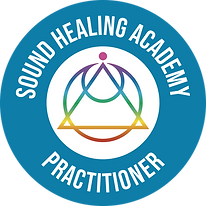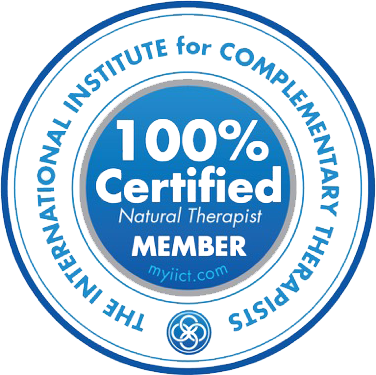Nitric oxide — or NO — is a tiny gas molecule that plays a big role in your health and wellbeing. It acts like your body’s own ‘relax and repair’ messenger by widening blood vessels, calming the nervous system and helping your cells function at their best.
How Nitric Oxide Triggers the Relaxation Response
When you take slow, deep breaths or meditate, your body shifts out of ‘fight or flight’ stress mode and into the ‘rest and digest’ state associated with the parasympathetic nervous system.
Scientific studies show that nitric oxide helps this shift by:
- Relaxing blood vessels (vasodilation)
- Improving blood flow and oxygenation
- Supporting brain chemicals linked to calmness and wellbeing
This is why relaxation practices, including sound healing, can be so beneficial.
The Science of Sound Healing and Nitric Oxide
Sound healing uses vibrations (sound waves), calming tones and melodies designed to quiet the mind and soothe the body. Research shows that slow nasal breathing — which naturally happens during a sound bath or deep meditation — increases nitric oxide levels in the nasal passages and lungs.
So, every time you attend a sound bath:
- The soothing sounds guide your breath into a slower rhythm.
- Slow nasal breathing boosts nitric oxide.
- Nitric oxide helps your body relax more deeply and supports healthy circulation.
Why This Matters for Your Health
Regularly boosting nitric oxide through simple, natural means can help:
- Lower blood pressure
- Improve heart health
- Enhance sleep quality
- Support mental clarity and mood
- Aid recovery and general wellbeing
Sound healing makes it easy — you don’t have to ‘try’ to meditate; the sounds and peaceful ambience of the space guide you gently into a restful state where your body’s own healing chemistry takes over.
A Simple Practice For You To Try
Next time you’re in a quiet space or attending a sound bath, try this breathing pattern:
- Breathe in through your nose for 4–6 counts
- Hold gently for 2 counts
- Exhale softly through your mouth for 6–8 counts
Repeat for a few minutes and notice how your body unwinds. If the recommended timing is too brief or long for you, adjust it to what feels comfortable. It does help to make the exhale slightly longer than the inhale.
In Summary
Nitric oxide (NO) is a key piece of the puzzle when it comes to the relaxation response. Sound healing and mindful breathing are effective, enjoyable, evidence-based ways to tap into your body’s natural flow, helping you feel calm, clear and deeply restored.
Want to experience the power of natural relaxation with nitric oxide? Come to a sound bath or book a private session. Online consultations also available.
Is Nitric Oxide the Same as Happy Gas?
No — they are different!
Nitric Oxide (NO)
- A gas molecule produced naturally inside your body.
- It helps blood vessels relax, improves circulation, supports oxygen flow and calms the nervous system.
- It does not cause euphoria or sedation.
- Boosted naturally through nasal breathing, gentle exercise and relaxation practices.
“Happy Gas” (Nitrous Oxide, N₂O)
- A medical gas used by dentists and hospitals for mild sedation and pain relief.
- Creates short-lived feelings of euphoria, hence the nickname “happy gas”.
- It is not produced by the human body and must be administered under medical supervision.
Although their names sound alike, nitric oxide is your body’s own healthy ‘relaxation helper’, not a sedative gas!
References
- Ignarro, L. J. (2002). Nitric oxide: biology and pathobiology. Academic Press.
- Toda, N., Ayajiki, K., & Okamura, T. (2009). Nitric oxide and neurotransmission. British Journal of Pharmacology, 147(S1), S114–S119.
- Lundberg, J. O., Weitzberg, E., & Alving, K. (1995). Nasal nitric oxide in man. Thorax, 50(9), 902–907.









